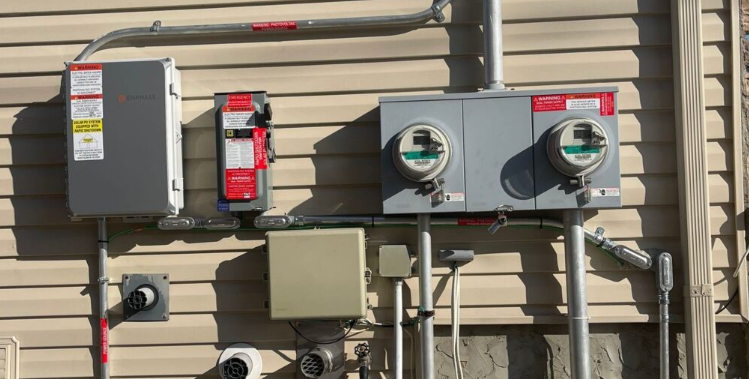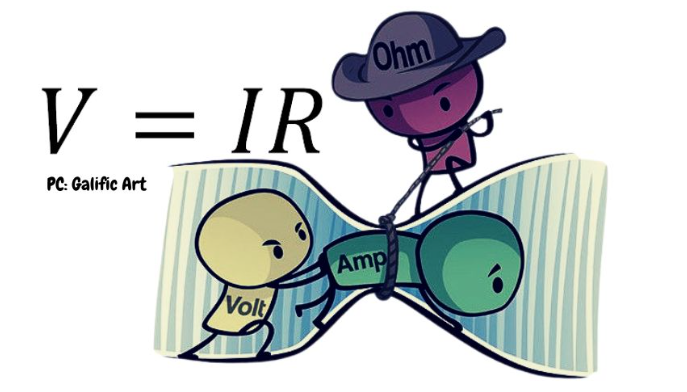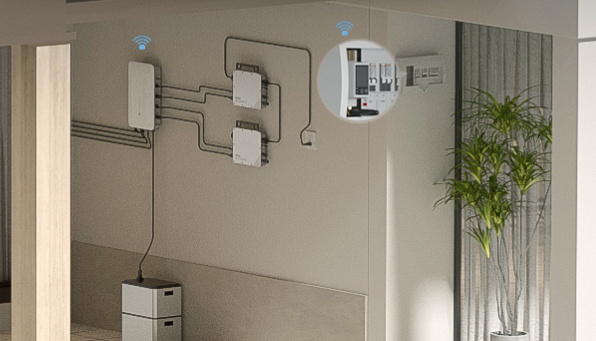The Importance of Solar Power Metering
As solar energy becomes increasingly popular, more homeowners and businesses are installing solar panels to reduce their reliance on traditional energy sources. However, to ensure maximum efficiency, it’s essential to monitor the performance of your solar system. This is where the solar power meter comes in.
A solar meter is an electronic device that measures the amount of electricity generated by solar panels. By using a solar power meter, users can track energy production, monitor system efficiency, and detect any issues that might arise in the system. Understanding how to read the data provided by these meters is crucial for ensuring your system operates optimally.

In this article, we will explore the working principle behind the solar power meter, how it reads solar energy, and why accurate readings are important for the longevity and efficiency of solar systems.
The Principle of the Solar Power Meter
A solar power meter works by measuring the electrical output generated by a solar panel system. Solar panels convert sunlight into electricity, and this electricity is usually in the form of direct current (DC). The solar meter helps to measure this energy production, typically in kilowatt-hours (kWh), a standard unit of energy.
The process begins when sunlight strikes the solar panel's photovoltaic (PV) cells. These cells convert the light energy into electrical energy, which is then transferred to an inverter that changes it from DC to alternating current (AC) for household or commercial use. The solar power meter is placed between the solar system and the electrical grid, monitoring the energy produced and used.
Here’s how the solar energy meter works in more detail:
Measurement of Voltage and Current:
The solar meter measures the output voltage and current produced by the solar panels. It then calculates the power (in watts) produced by multiplying voltage and current.

Energy Calculation:
The solar panel meter continuously tracks the power output over time. By integrating the power over time, it calculates the total energy produced (in kWh), which is the data displayed on the meter.
Real-time Monitoring:
The solar power monitor provides real-time data, which can help detect performance issues or faults in the system. This data is essential for ensuring that your solar power system is operating at peak efficiency.
How to Read a Solar Power Meter
Reading a solar power meter is simple but requires an understanding of key parameters that affect solar energy production. Here’s a breakdown of what you’ll typically see on the display:
|
Parameter |
Description |
Units |
|
Voltage (V) |
The electrical potential difference between two points. |
Volts (V) |
|
Current (A) |
The flow of electric charge. |
Amperes (A) |
|
Power (W) |
The rate at which energy is used or produced. |
Watts (W) |
|
Energy (kWh) |
The total amount of energy produced over a period of time. |
Kilowatt-hours (kWh) |
|
Efficiency (%) |
The percentage of sunlight converted into electricity. |
Percentage (%) |
|
Temperature (°C) |
The temperature of the solar panel or inverter. |
Degrees Celsius (°C) |
The solar power meter provides these readings in real-time, allowing users to track the performance of their solar panel system. It helps determine whether the system is generating enough power, if it’s performing at optimal efficiency, or if there are any anomalies requiring attention.
For instance, a significant drop in energy production may indicate that there is a problem with the panels, such as dirt accumulation or shading. Temperature monitoring can also reveal issues like overheating of components, which could affect performance.
Why Accurate Readings Matter
The accuracy of a solar power meter is critical for several reasons:
Optimal Performance:
Regular and accurate readings allow users to adjust their system for peak performance. By monitoring data like energy production and efficiency, users can ensure they’re getting the most out of their solar energy system.
Early Problem Detection:
If a solar energy meter detects a significant drop in power output or efficiency, it can alert users to potential problems with the system, such as faulty wiring, inverter issues, or shading from nearby objects.
System Longevity:
Over time, solar panels and other components may degrade in performance. Monitoring energy output allows users to plan for maintenance or replacement before significant damage occurs.
Cost Savings:
Accurate solar energy data ensures that users can optimize their system for maximum energy production, which translates into lower electricity costs and faster return on investment.
Government Incentives and Rebates:
Many government programs offer incentives or rebates for solar energy systems that meet certain performance criteria. Accurate monitoring ensures users can take advantage of these programs.

How to Choose the Right Solar Power Meter
Not all solar power meters are created equal. Here are some key features to look for when selecting a solar power meter for your system:
Real-time Data Monitoring:
A good solar power meter should provide real-time monitoring, allowing users to see exactly how much energy their system is producing at any given moment.
Compatibility with Solar Panels:
Make sure the meter is compatible with your specific solar system, including panel configuration and inverter type.
Ease of Use:
The solar panel meter should have an easy-to-read display and a simple interface for easy setup and operation.
Data Logging and Alerts:
Look for a solar power monitor that records historical data and provides alerts if it detects any abnormalities or performance issues.
Wireless Connectivity:
Wireless connectivity allows you to monitor your solar system from anywhere using a mobile app or web interface. This is especially useful for commercial users with large solar installations.
The Mushroom Solar Power Meter: A Comprehensive Solution
The Mushroom Solar Power Meter is an advanced, reliable, and user-friendly device designed for both residential and commercial solar users. It offers comprehensive monitoring of solar energy production, voltage, current, and temperature, making it the ideal choice for anyone serious about optimizing their solar power system.

Key features of the Mushroom Solar Power Meter include:
1. Real-time monitoring of solar energy production
2. Temperature and current monitoring for system health
3. Easy-to-read display with detailed metrics
4. Wireless connectivity for remote monitoring
5. Data logging for historical analysis and performance optimization
Explore the Mushroom Solar Power Meter today and optimize your solar energy system for maximum efficiency.
Conclusion
The solar power meter is an essential tool for anyone with a solar power system. By understanding how it works and how to read its data, users can maximize the efficiency and longevity of their solar panels, save on energy costs, and contribute to a more sustainable future.
The Mushroom Solar Power Meter provides real-time data, accurate measurements, and easy-to-read interfaces, making it the ideal choice for solar monitoring. Invest in a solar meter today to ensure your solar power system performs at its best and delivers maximum benefits for years to come.
Special Offer:
Get your Mushroom Solar Power Meter today and take full control of your solar system’s performance!
If you want to know more about solar power meter, please click the follows:
① Understanding the Principles of Solar Power with the Solar Power Meter
② How Solar and Net Metering Work: A Detailed Guide with Solar Power Meter Diagrams
③ Understanding the Importance of Solar Power Meter for Accurate Solar Monitoring


